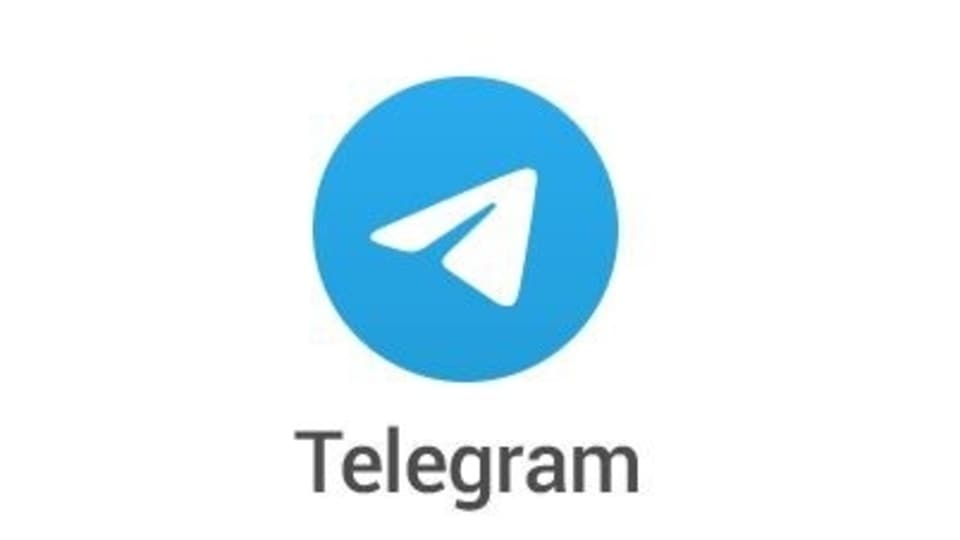LOG IN AND LOG OUT SCRIPT: DOWNLOAD HERE!
📲 Automated Accountability: Leveraging the JuanFI PISO Wi-Fi Telegram Sales Bot for Real-Time Oversight
The "SALES TELEGRAM" feature is a cornerstone of modern JuanFI PISO Wi-Fi management, transforming passive vending operations into an active, remotely monitored micro-enterprise. It is an advanced integration where the MikroTik Hotspot system, managed by the JuanFI software, utilizes the Telegram API to push transactional and operational data instantly to the owner's chosen Telegram channel or bot.
I. Technical Architecture of the Integration
The seamless delivery of sales notifications relies on a chained automation process involving the three key components:
The JuanFI Hotspot Script: This is the trigger mechanism. Within the JuanFI system (residing on the MikroTik router), a custom script is executed immediately upon the successful completion of a transaction (a coin insertion event or voucher purchase).
The Telegram Bot API: The MikroTik script utilizes the RouterOS's internal
/tool fetchor/tool telegramfunctionality to send an HTTP POST request to the Telegram Bot API. This request includes the API key (token) for the designated bot and the formatted sales data.The Telegram Channel/Chat: The Telegram API validates the request and instantly delivers the formatted message to the private channel or group chat, providing a robust, off-site record of all activity.
This push-notification model provides superior reliability compared to passive logging, ensuring data reaches the owner even if the router's local storage fails.
II. Data Structure and Operational Metrics
The value of the Telegram feature is in the granular detail of the notifications. A high-content alert typically contains several critical data fields, allowing the owner to track business performance in real-time.
| Data Field | Description | Business Metric Tracked |
| Transaction Time | The exact date and time of the coin insertion. | Peak Hours: Identifies the busiest and most profitable times for resource allocation. |
| Amount (Coin/Voucher) | The value of the currency inserted (e.g., ₱5.00). | Gross Daily Revenue: Provides an instant calculation of total earnings without manual counting. |
| Duration Granted | The amount of Wi-Fi time purchased (e.g., 30 minutes). | Service Utilization: Helps justify pricing tiers and bandwidth capacity planning. |
| MAC/Client ID | A unique identifier for the connecting device. | Repeat Customers: Allows for basic, passive tracking of device loyalty. |
| Status Alerts | Notifications for system events (e.g., Power Outage Detected, Hotspot Service Down). | Downtime Minimization: Crucial for Timely Response to operational issues, maximizing revenue uptime. |
Quantifiable Impact on Profitability
The ability to monitor these metrics instantly is directly tied to the business's profitability:
Shrinkage Control: Real-time logging of every coin insertion acts as an instant audit log, significantly deterring internal theft or tampering with the physical coin box.
Preventative Maintenance: Immediate "Hotspot Offline" alerts allow the owner to remotely diagnose and often fix issues (e.g., rebooting a modem) within minutes, preventing hours of lost revenue that would occur if the failure went unnoticed.
III. Configuration Requirements for the Administrator
Implementing the Sales Telegram feature requires specific administrative steps, underscoring its advanced nature:
Telegram Bot Creation: The administrator must use Telegram's BotFather to create a new bot and obtain the unique API Token.
Chat ID Acquisition: The bot must be added to a private chat or channel, and the specific Chat ID must be retrieved, which serves as the destination address for the messages.
MikroTik Script Integration: The JuanFI configuration must be updated to include the API Token and Chat ID. The core logic is then embedded into the Hotspot User Login Script or a dedicated Scheduler Script within RouterOS to trigger the push notification upon authentication.
This comprehensive overview transforms the simple idea of a "sales telegram" into a detailed analysis of a complex, beneficial integration that is crucial for modern PISO Wi-Fi business success.


